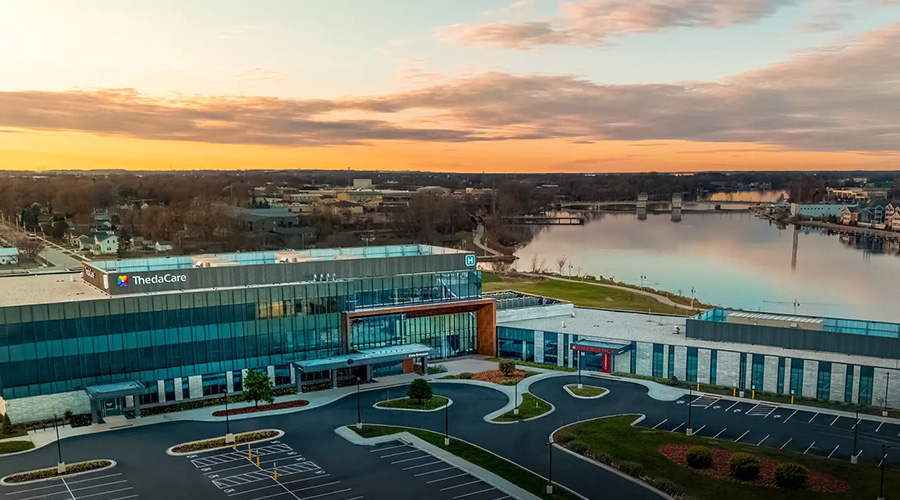The COVID-19 pandemic might have upended the priorities for many healthcare facilities in the last year, but for California hospitals, a series of stringent architectural requirements enacted several decades ago continues to offer compliance challenges, pandemic or not.
The California Legislature passed the Hospital Seismic Retrofit Program of 1994. Now, over the next 10 years, California hospitals will have to make costly changes to the structure of their buildings to conform to the standards set following the 1994 Northridge earthquake.
Struggling to come up with the funds, hospitals are asking the state to reconsider some of the requirements that were written into law more than 20 years ago, according to the Long Beach Business Journal.
Since the passage of SB 1953, the state’s agency for health planning and development has rated individual buildings on hospital campuses based on their ability to withstand a major earthquake. Buildings in the lowest structural performance category had to be retrofitted or replaced by 2008. According to the 2030 standard, hospitals have to be “reasonably capable” of providing inpatient services after a hypothetical major earthquake event.
To bring down those costs, hospitals are asking state regulators to reconsider whether every hospital building that houses inpatient services needs to be capable of providing a full range of those services after a major earthquake.

 Building Sustainable Healthcare for an Aging Population
Building Sustainable Healthcare for an Aging Population Froedtert ThedaCare Announces Opening of ThedaCare Medical Center-Oshkosh
Froedtert ThedaCare Announces Opening of ThedaCare Medical Center-Oshkosh Touchmark Acquires The Hacienda at Georgetown Senior Living Facility
Touchmark Acquires The Hacienda at Georgetown Senior Living Facility Contaminants Under Foot: A Closer Look at Patient Room Floors
Contaminants Under Foot: A Closer Look at Patient Room Floors Power Outages Largely Driven by Extreme Weather Events
Power Outages Largely Driven by Extreme Weather Events